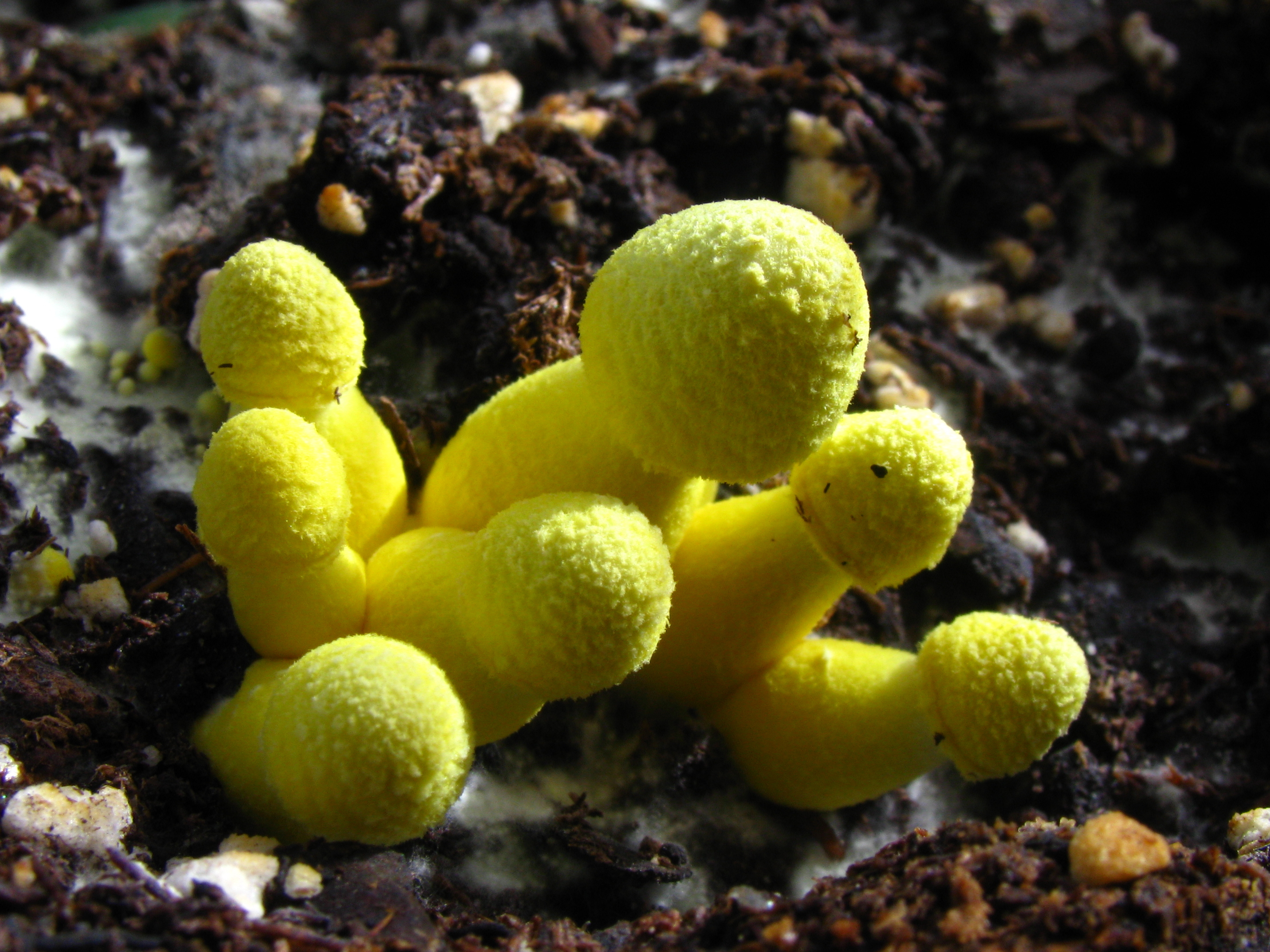What is soil mold?
The vast majority of mold and fungi that appears in plant soil is harmless to your houseplants, but it can still be unsightly and an indication of other potential issues.
Symptoms
The mold can be found both on top of the soil or coming out of the drainage holes at the bottom. It may also wrap around the outside of terracotta pots
The mold may exhibit various colors, such as yellow, white, brown, or gray, and can appear fuzzy, slimy, or resemble a cluster of eggs
Small mushrooms might grow out of the pot
The soil may also emit a faint musty odor

What to do now
Manually remove all visible mold
Reduce watering for a period; allow the soil to dry between waterings. Ensure that this adjustment falls within the acceptable range for your plant's tolerance.
Always check the soil before watering
If the mold persists, contemplate enhancing your potting soil with additional perlite or pumice. This will enhance aeration and reduce moisture retention in the soil.

Common questions
How can I prevent this from happening again?
As molds develop in damp conditions, try to make sure you’re not overwatering your plant. If the plant type allows it, then you can try letting the soil dry out between waterings (check in the plant’s Info tab to see if this is okay for each particular plant).
How can I make the soil odor go away?
If your soil has an odor, placing the plant in an area with better airflow and allowing it to dry out will help it to go away faster. Be careful to not expose sensitive plants to drafts. Once the soil has dried out, the odor should be more or less gone, or at least not as strong.
Can soil mold cause other problems?
As well as causing mold to form, excessively wet soil can lead to greater problems such as root rot, which can be very difficult for your plant to recover from. Most molds that appear in plant soil are not harmful to your plants - they are a type of saprophytic fungus, meaning that they feed on the dead organic material in the soil. They won’t feed on your plants or cause any direct damage to them. You should check for underlying causes such as poor drainage or overwatering.
Why is mold developing in my soil?
Soil that is higher in organic content will be more likely to promote mold and fungi growth so you're unlikely to see it in, for example, cactus pots if you're using the right soil mix. In some cases, organic fertilizers can lead to excess mold and fungi growth because they live on materials that are not totally decomposed present in the fertilizer.